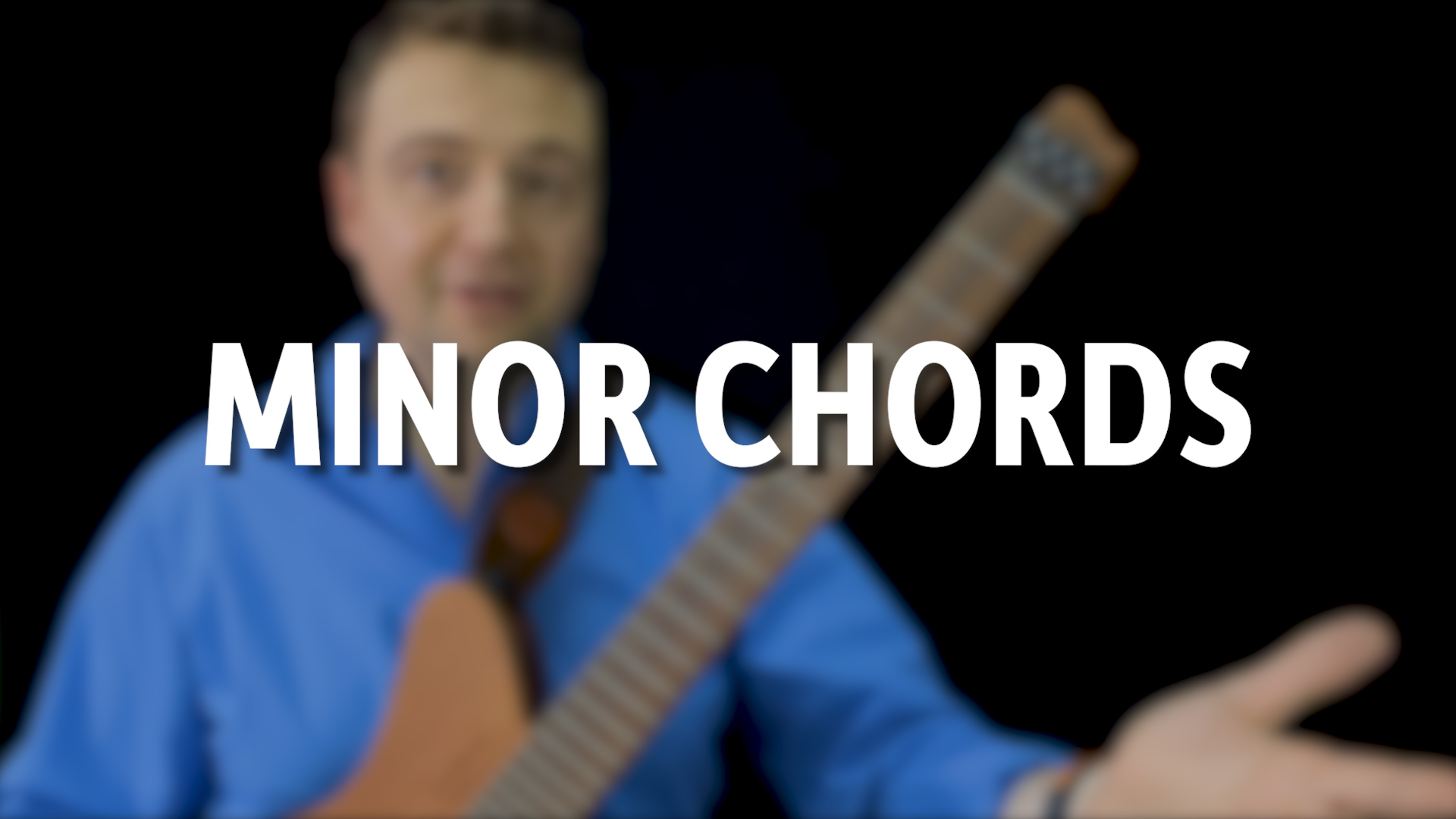
Exploring Chord Families: Unlocking the Language of Jazz
Jun 15, 2023Introduction
Music has a language of its own, and jazz, with its complex chord symbols, can sometimes feel like a foreign tongue. How do we make sense of the seemingly complicated chords and summarize them? In this blog, we will be discussing an approach to thinking about chords and chord families. By grouping chords into four main families, we can simplify the process and helps us understand the underlying structure of jazz harmony. Hang on tight as we explore the major, minor, dominant, and "misfit" chord families.
Major Chords: A Family of Bright Sounds

When it comes to major chords, it's easy to get overwhelmed by variations like major 7, major 9, or major 13. Think of major chords as belonging to one big family. Just like different big cats belong to the same feline family, various major chords are connected by their major sound. By playing chords such as C Major 7, G6, and G6/9, and comparing them, you can notice how they all share the essence of the major chord family.



Minor Chords: Embracing the Sadness and Softness

Moving on to minor chords, we can distinguish them between two subcategories: soft minors and tonic minors. Soft minors, like A minor 7 or A minor 9, create a mellow and melancholic atmosphere. On the other hand, tonic minors, such as A minor 6, have a unique quality and often serve as the foundation of songs in a minor key. We can illustrate these distinctions with popular tunes like "So What" and "Stairway to Heaven," reminding us of the importance of context when understanding chord functions. In some lead sheets, they are notated as a "minus sign", for example, "Am7" can also be written as "A-7."



Dominant Chords: The Powerhouses of Jazz

Dominant chords, with their bluesy and powerful sound, play a vital role in jazz harmony. They often serve as the "V" chord in a II-V-I progression, leading the listener back to the tonic. Unaltered, regular dominants have a classic and straightforward vibe; and altered dominants introduce additional tensions like flat 5 or sharp 9 for a spicier flavor. With chords like G13 and G7(b13), we can really hear how dominant chords dominate the jazz landscape.


The Misfits: The Eccentric Beauties

In the realm of jazz harmony, some chords don't fit neatly into major, minor, or dominant categories. These "misfit" chords have their unique roles and functions. There is what we call the half-diminished chord, also known as minor 7 flat 5, and explains its predominant role in minor key progressions. Although more chords could be included in this category, the focus remains on introducing the concept of these eccentric chords. In some lead sheets, diminished chords can be identified with " o " like a degree symbol while the half-diminished chords can be identified with this symbol "⌀".

Conclusion
Understanding jazz chords can be a daunting task, but by organizing them into four main families—major, minor, dominant, and misfit— we can use a practical framework for approaching jazz harmony. By thinking of chords as members of these families, we can simplify the learning process and unlock the language of jazz. Remember, chords are like words in a musical conversation, and their meaning is shaped by the context in which they are used. So, let's dive into the world of chord families and embark on an exciting journey through the language of jazz.









